Every James Bond Film Ranked From Worst to Best
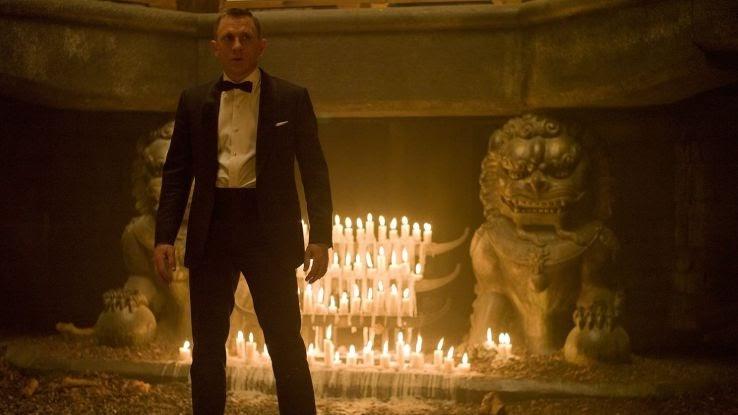
After Godzilla, James Bond is the character who has appeared on the big screen most often. Starting all the way back in 1954 and stretching to 2020 and beyond, Ian Fleming’s seminal international superspy has dominated the screen for over 65 years. No matter who’s playing him or where his mission is taking him, James Bond films continue to captivate audiences all around the world. Read on to see the best and worst the series has to offer.
Unplaced: No Time to Die (2020)
Currently slated for release on April 10, 2020, the fourth (and most likely final) Daniel Craig Bond film has taken quite a tumultuous journey to the big screen since the release of Spectre in 2015. Titled No Time to Die, the film saw all kinds of trouble behind the scenes.
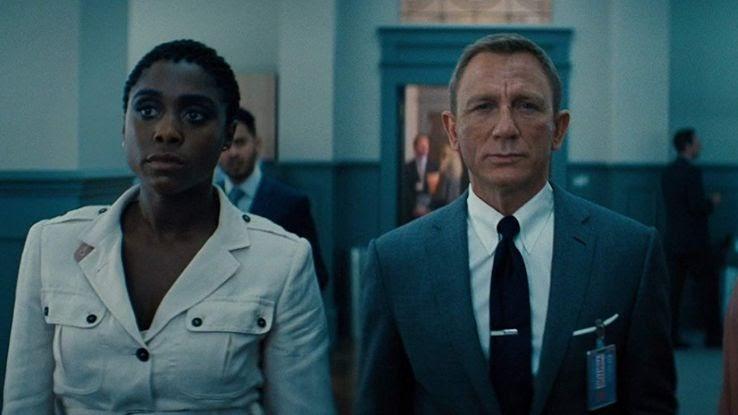
From a change in directors to a few roadblocks during filming, No Time to Die is nothing short of controversial — especially since it’s be a farewell to Daniel Craig’s iteration of Bond. It hasn’t been released yet, so it’s excluded.
Unplaced: Welcome to Japan, Mr. Bond (1967)
Welcome to Japan, Mr. Bond was a made-for-television movie that aired in anticipation of Sean Connery’s sixth James Bond film, You Only Live Twice. As such, it doesn’t fit neatly into the rankings. While it’s considered to be a part of the James Bond canon, it’s little more than a clip show.
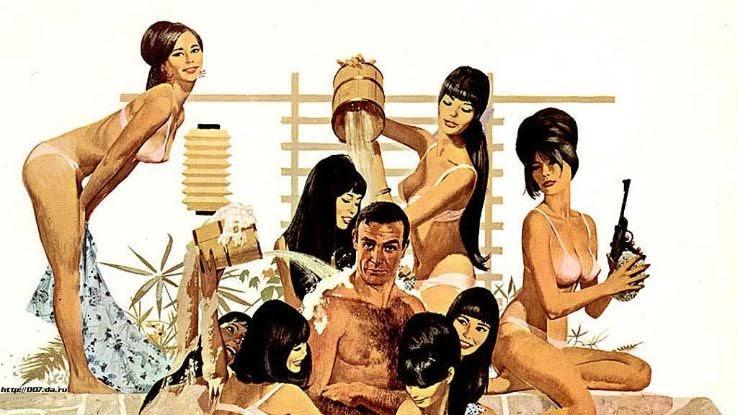
The movie consists of snippets from former films intended to recap audiences for the newest film. For this reason, it’s been disqualified.
Unplaced: Casino Royale (Climax!)
Technically just an episode of television, the “Casino Royale” episode of the hit 1950s TV drama Climax! set the stage for the future of the James Bond franchise as we know it. Envisioned as a standalone story within an anthology series, “Casino Royale” was far more successful than expected.
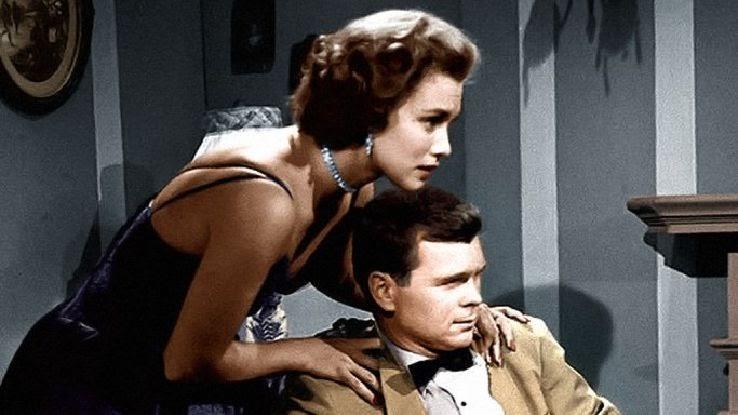
With the buzz surrounding the episode only growing as time went on, it became obvious that James Bond was a character who deserved to be on the big screen. Still, “Casino Royale” is disqualified for being a TV episode.
Casino Royale (1967)
Released 13 years after James Bond’s first live action appearance on Climax!, the 1967 version of Casino Royale had the opposite effect on fans of Fleming’s iconic international man of mystery. Instead of garnering praise, it almost killed the character’s on-screen presence.
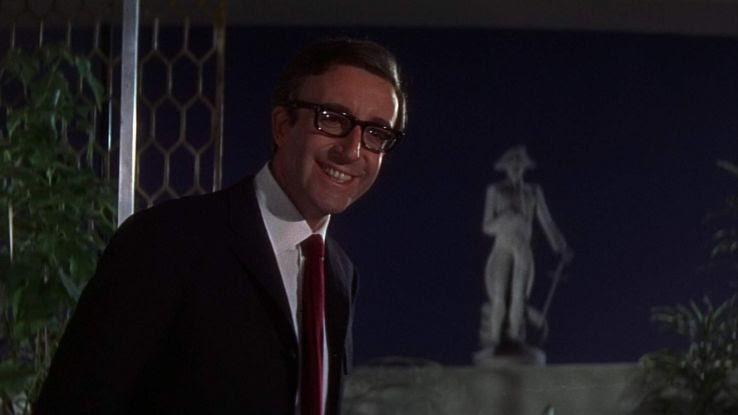
As a parody of the handful of previous James Bond movies as well as the series of novels they were based on, Casino Royale is considered by most to be the very worst the James Bond series has to offer. Not even Peter Sellers could save it.
Die Another Day (2002)
Pierce Brosnan’s final appearance as James Bond also proved to be his absolute worst. Released in 2002 and co-starring Halle Berry, Judi Dench and Rosamund Pike, Die Another Day was as offensive as any swear word to a James Bond die-hard.

Full of horrible special effects, hokey performances and a nonsensical plot, Die Another Day was the nadir of 21st century Bond. Brosnan’s films became universally despised simply for this one movie. It’s hard to imagine it ever getting this bad again — let’s hope it doesn’t.
Never Say Never Again (1983)
There’s something about final performances, it seems — which certainly doesn’t bode well for Craig and No Time to Die. Never Say Never Again, Sean Connery’s final appearance as Bond, was a disaster almost from the get-go.
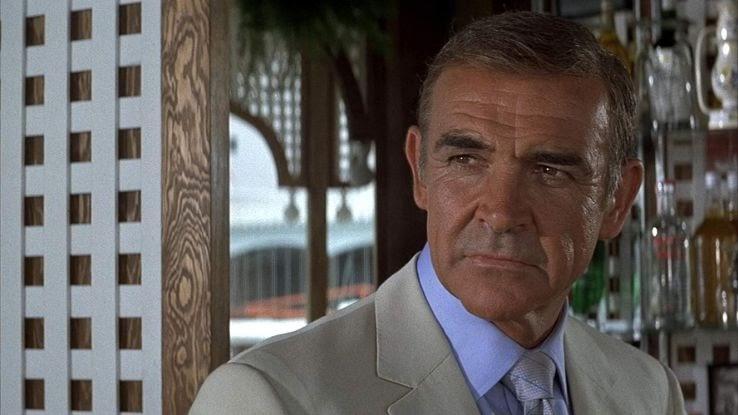
Produced outside of the confines of Eon Productions or MGM, the two studios that made Bond films from the very beginning, the film was moderately well-received upon its release but would go on to become one of the most despised Bond films in hindsight. They’ll likely never say Never Say Never Again again.
The World Is Not Enough (1999)
The World Is Not Enough was the final and highest-grossing Bond film of the 21st century. Starring Pierce Brosnan alongside Sophie Marceau and Denise Richards, the 1999 film is likely nobody’s favorite.
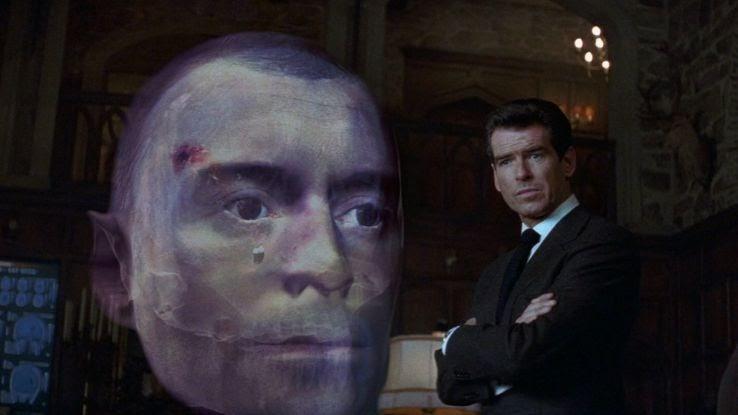
Grouped among the other three Brosnan films, these four seem to be the most despised of the bunch for the same reasons: lackluster effects and acting coupled with less-than-perfect performances across the board. We’re lucky that Bond’s still around after films like these.
A View to a Kill (1985)
Microchips, horse racing, Silicon Valley … three seemingly unrelated things, but they form the basis of 1985’s A View to a Kill — the seventh and final Roger Moore Bond film and the actor’s least favorite of his entire career as the spy.
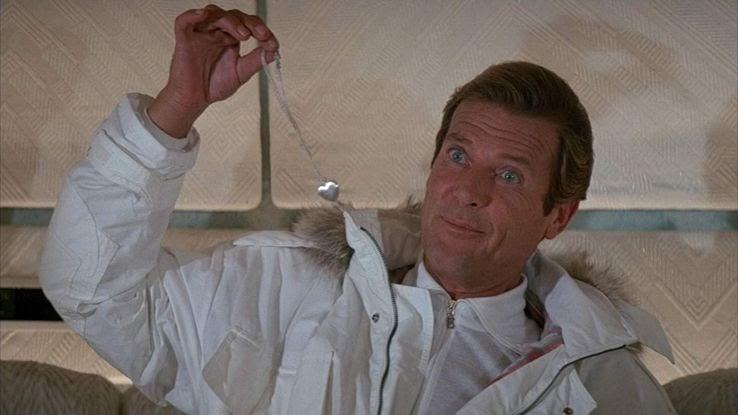
With Moore’s old age combined, a real mess of a script and a shifting sense of what the character of Bond should look like as the 21st century inched closer, it’s not surprising that A View to a Kill was more or less a failure.
Moonraker (1979)
The Roger Moore James Bond films are truly perplexing. As the 70s gave way to the 80s, the character was either incredibly serious or far too silly, with not much room between the two extremes. The back-and-forth felt like whiplash, especially for Moore himself.
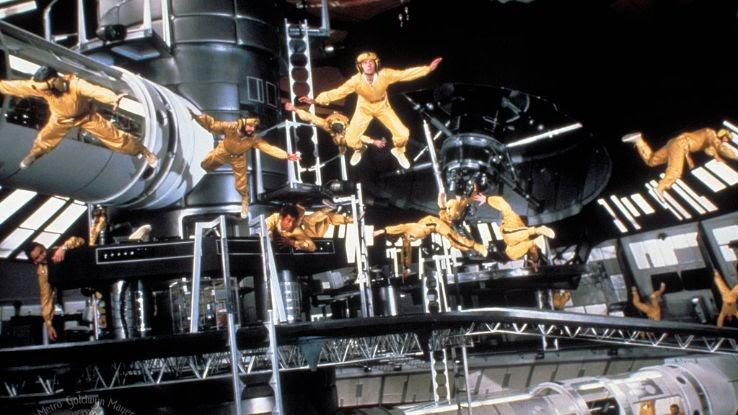
Whenever Moore wasn’t committed, it could be felt in his on-screen performance. This is true of Moonraker, a movie with a very serious Bond but a ridiculous plot involving space hijacking and global genocide schemes. It belongs here in the lower half.
Quantum Of Solace (2008)
The second of Daniel Craig’s four Bond performances, 2008’s Quantum of Solace is easily one of the most divisive of the entire franchise. There are countless Quantum of Solace loyalists out there, but they’re definitely outnumbered by those who think the film is only mediocre.
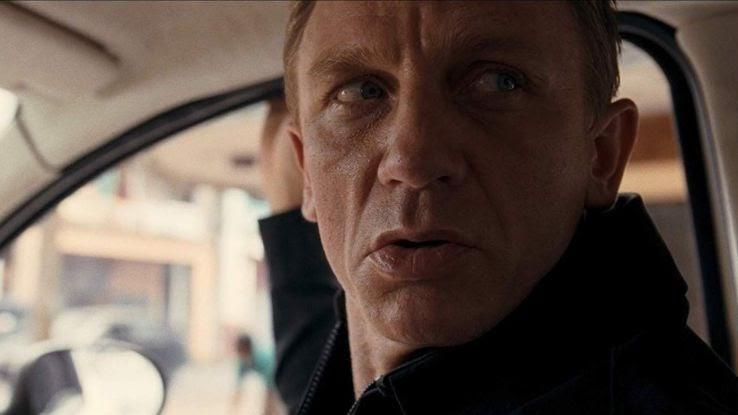
A relatively low-key Bond outing, Craig’s Bond does a lot of sneaking around and very little running, shooting or fighting in the film. It’s all part of shaping a more serious Bond in the wake of Brosnan’s films, but it resulted in an imperfect spy film.
Octopussy (1983)
Octopussy was one of two James Bond films to hit in 1983, with the other being Never Say Never Again. Also starring Roger Moore, this Bond film was often the punchline of jokes but didn’t amount to much in the long run.
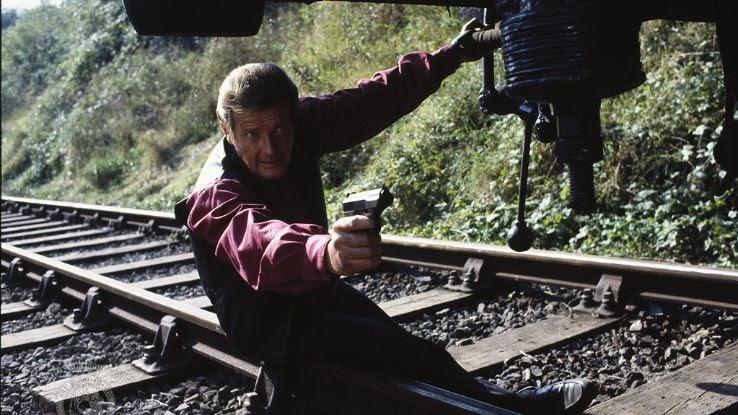
It was a moderately diverting Bond film, for the most part, but the franchise has seen better (and worse) in the years before and after. Just another middling entry during a time where the series struggled to find its footing.
Tomorrow Never Dies (1997)
A direct follow-up to 1995’s GoldenEye, MGM and Eon producers hoped and prayed that their next Bond film would be able to match the skill and craft of Pierce Brosnan’s first outing as the character. It almost did.
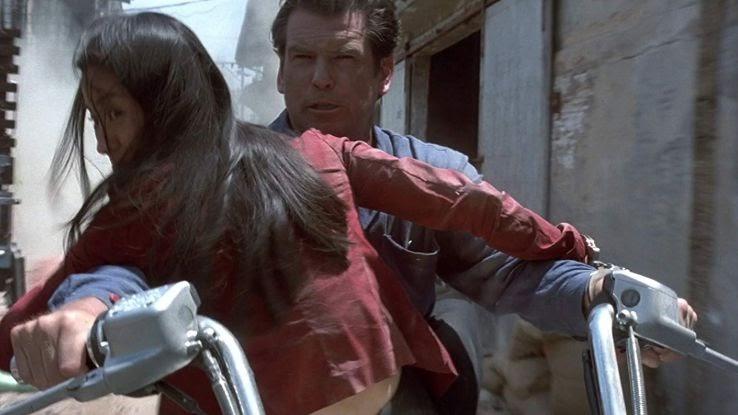
One of the stronger Brosnan Bonds, Tomorrow Never Dies manages to impress on many levels. Brosnan lasted just as long as Craig in the role, but it’s clear that Brosnan had it a whole lot harder than Daniel ever has.
Diamonds Are Forever (1971)
Sean Connery’s final outing as James Bond (at least officially — his 1983 appearance in Never Say Never Again is technically not canon) is one that managed to break the curse of actors’ last Bond movies being terrible. Even so, while it wasn’t universally panned, the movie is by no means an exceptional Bond film.
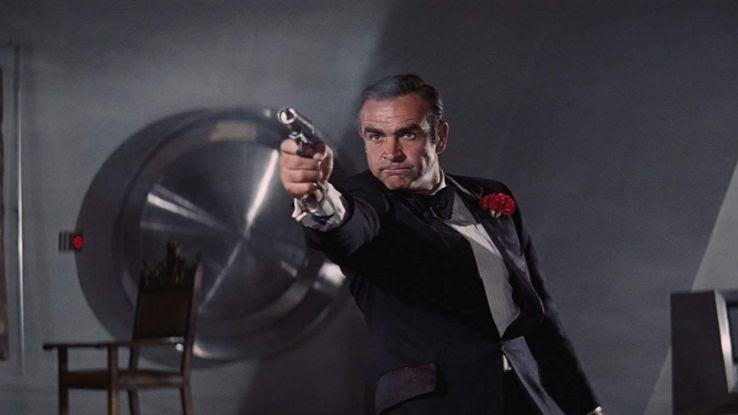
Released in 1971, Connery’s Diamonds Are Forever brings the expected cheese of early James Bond films and combines it with an overt seriousness that has gone on to define the series for decades to come.
Spectre (2015)
The most recent Bond film to be released (and Daniel Craig’s third outing as the famed spy), 2015’s Spectre drew mixed reactions in the wake of its release. A direct follow-up to Skyfall and the highest-praised Bond film of the two Fleming adaptations to be released in the 2010s, Spectre is not terrible even if it isn’t excellent.
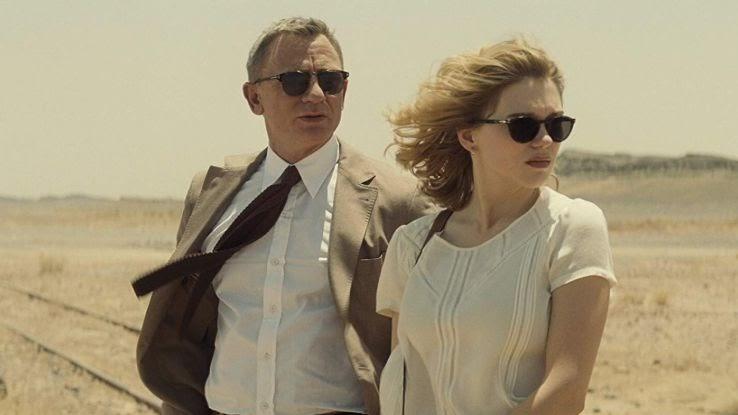
Directed by Sam Mendes, a talented filmmaker, Spectre was never going to be terrible — instead, it was destined for a middle rank in the greater Bond series.
The Man with the Golden Gun (1974)
Based on the 13th and final completed Ian Fleming Bond novel, The Man with the Golden Gun remains one of the lowest-grossing films in the entire history of the series. It’s difficult to picture an intellectual property as massive as Bond flopping today, but this 1974 film proved it was possible.

Starring Roger Moore, The Man with the Golden Gun could blame some of its failure on production issues. Still, it’s not even remotely close to the worst Bond movie, so that’s cause for some celebration.
For Your Eyes Only (1981)
For whatever reason, For Your Eyes Only is the one and only film in the official Eon-produced James Bond saga to not feature the character of M. Coupled with the full-on embrace of a more serious Bond, this choice led to one of the better Bond movies in the franchise’s history.
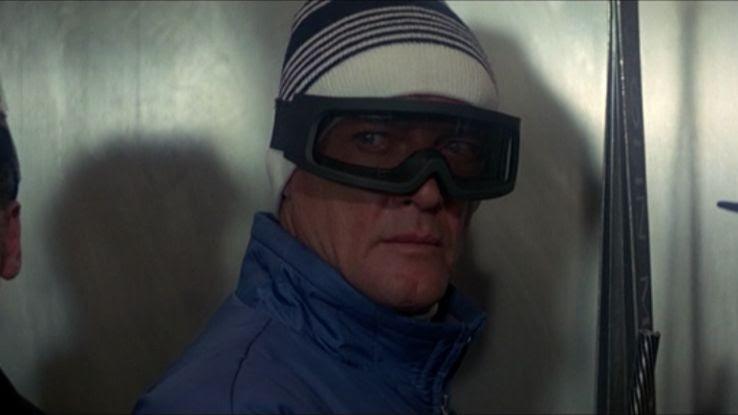
Starring Moore once again, For Your Eyes Only chose to base itself off of the Bond movies from the late 60s and succeeded (for the most part, at least). In fact, some consider it a favorite.
Live and Let Die (1973)
It’s movies like 1973’s Live and Let Die that proved why Roger Moore will always be Bond to certain franchise loyalists. He managed to walk the tightrope of shifting tones over the course of his Bond films, often expertly, in a way that really resonated with fans.
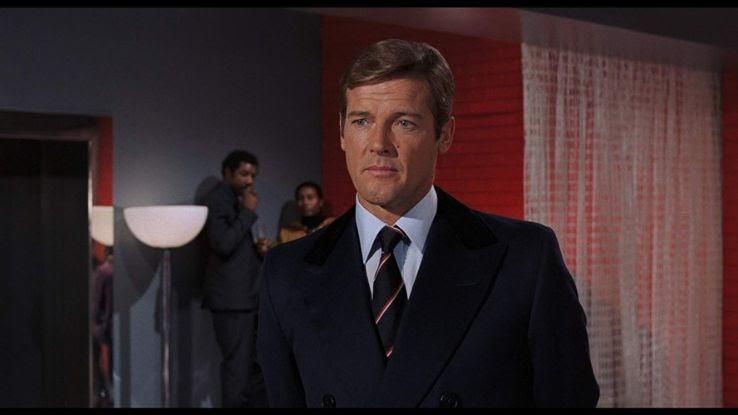
This was Moore’s first outing as the character after Sean Connery’s six films. As it turns out, this was one of the best decisions either actor could make. Connery got to retire a legend, and Moore became one.
License to Kill (1989)
Roger Moore might be a fan favorite, but Timothy Dalton’s Bond movies might be held in even higher regard. License to Kill was his third and final outing as the character, and it still ranks among the series’ best.
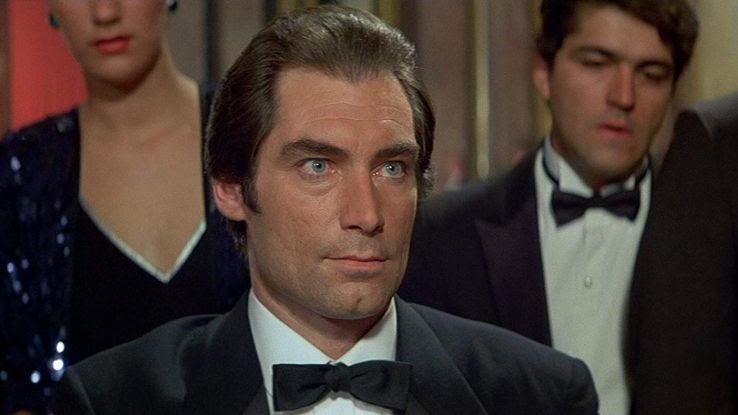
In addition to the quality of the story and acting, there are all kinds of familiar faces that make appearances throughout — talents like modern A-lister Benicio Del Toro, Twin Peaks alum Everett McGill and Goonies villain Robert Davi.
You Only Live Twice (1967)
Who would’ve thought that James Bond and the Japanese Secret Service’s ninja force would be a match made in heaven? It sounds utterly ridiculous, but You Only Live Twice takes itself as seriously as any of the modern Daniel Craig Bond movies — and it’s all the better for it.
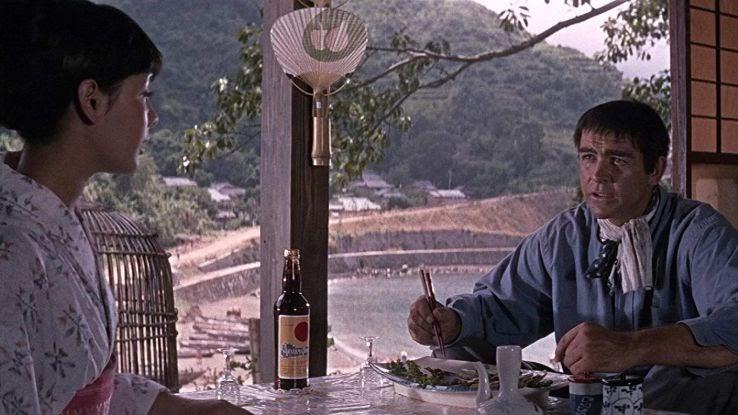
Combining martial arts with state-of-the-art gadgets and thrilling set pieces, You Only Live Twice is a movie that deserves a modern retelling simply because of how wildly entertaining it could be. The late 60s were a very crazy time for Bond, clearly.
Thunderball (1965)
Only the fourth Bond movie ever made, Thunderball was unabashedly zany in ways that no modern blockbuster could ever dare to be, Bond franchise or otherwise. It just simply wouldn’t fly by today’s standards. No one’s out there doing anything as off-the-wall as 60s Bond movies.
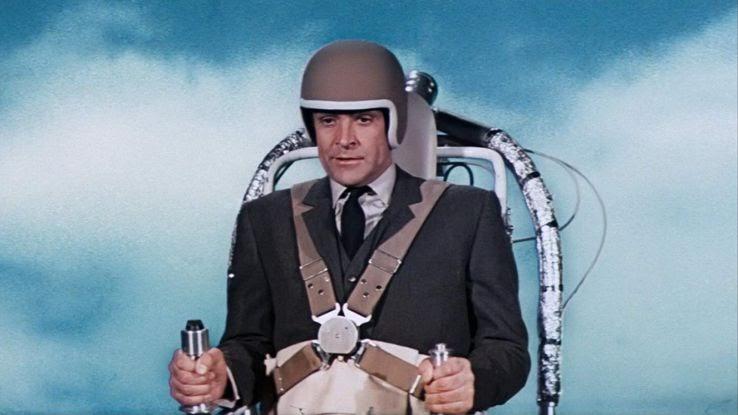
Speaking of flying, Thunderball‘s jetpack sequence ranks among the series’ most memorable moments. With a budget that exceeded that of the first three films combined, the fourth Bond film starring Sean Connery is one for the ages. Crazy Bond is the best.
The Living Daylights (1987)
One of the few Bond outings for legendary actor Timothy Dalton, The Living Daylights was met with middling reviews upon its release but has gone on to be regarded as one of the best Bond movies ever made.
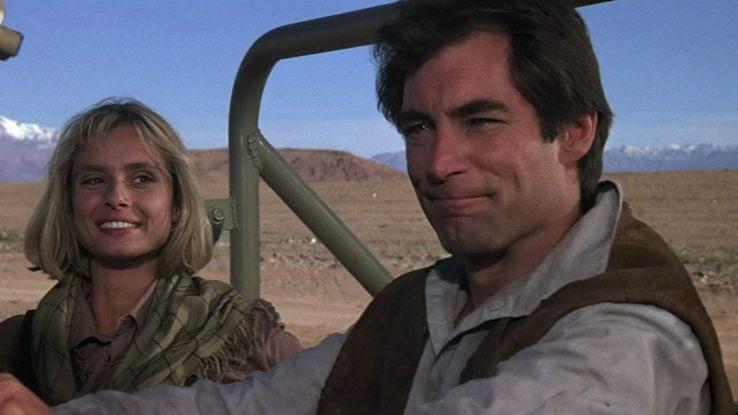
Today, Dalton is considered one of the top Bond actors. Even the most casual Bond fans can recognize that Timothy Dalton managed to make the role completely his own. The Living Daylights is peak Bond.
On Her Majesty’s Secret Service (1969)
Not only is On Her Majesty’s Secret Service the only time that actor George Lazenby ever played James Bond, but it’s also the movie with the youngest actor to ever play the character—Lazenby was only 29 when he put on the iconic black suit and tie.

The movie’s undoubtedly great, but it turns out that Lazenby’s cockiness and his unfortunate placement immediately in the wake of Sean Connery were inevitably his demise. He never returned to play Bond again.
The Spy Who Loved Me (1977)
By the time 1977’s The Spy Who Loved Me hit theaters, the James Bond series was the most lucrative movie franchise in the history of the medium. (Call it bad timing — Star Wars was released later that same year.) As a result, they pulled out all the stops for this one.
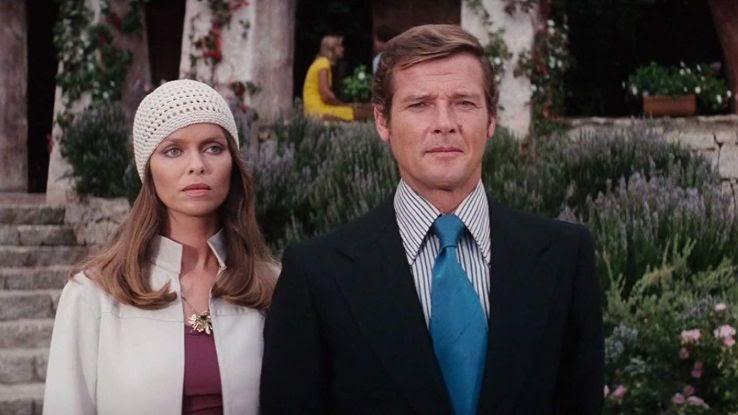
While the next film, Moonraker, cashed in on the space craze, The Spy Who Loved Me was the 70s’ last Bond movie to stay completely grounded. With a nuke-heavy plot, it was so 70s, it hurt.
GoldenEye (1995)
All the other Pierce Brosnan Bonds might be despised by the masses, but everyone seems to agree on one thing: GoldenEye is so much better than anything else that the other three Brosnan Bonds have to offer.
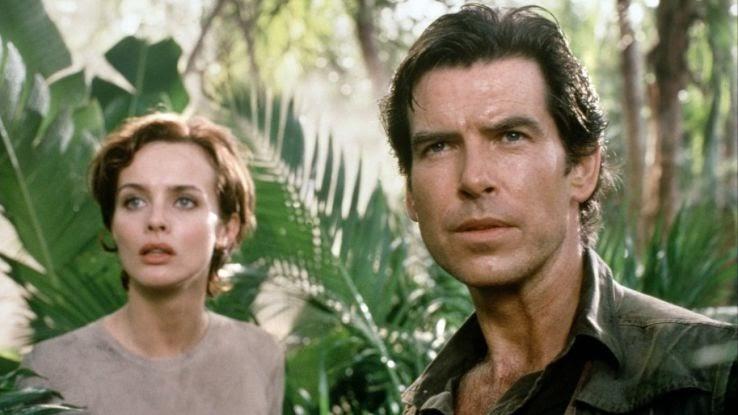
Just like the video game of the same name, 1995’s GoldenEye was immediately a hit for Brosnan and the Bond franchise as a whole. It’s a shame that none of his other films ever managed to touch the excellence of this one — he could have had a much longer residency as Bond.
Dr. No (1962)
As it turns out, sometimes the first entry proves to be the best — or one of the best, in this case. Sean Connery’s original Bond appearance and the very first film in the ever-expanding James Bond canon, Dr. No laid the foundation for decades of superspy success.
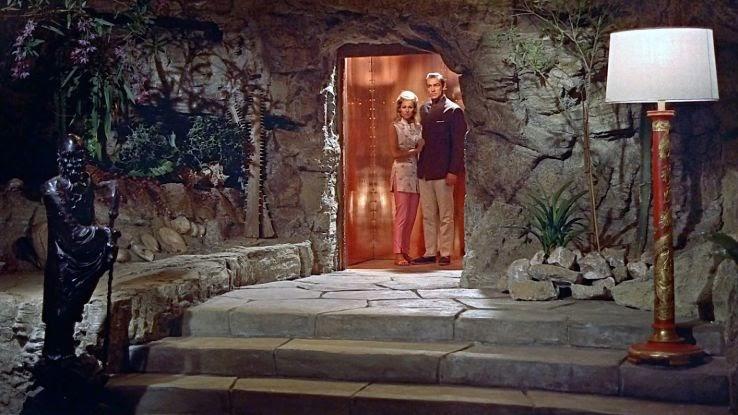
Even though Bond creator Ian Fleming found the film “dreadful,” moviegoers clearly didn’t — Dr. No was good enough that decades upon decades of writers and directors have been able to draw inspiration from it. There are films that surpassed it, but not many.
From Russia With Love (1963)
The immediate follow-up to the success of Dr. No, From Russia With Love actually managed to turn out a little bit better than its predecessor. Still starring the inimitable Sean Connery as the world’s most famous spy, the sequel only made the world’s Bond fever worse.
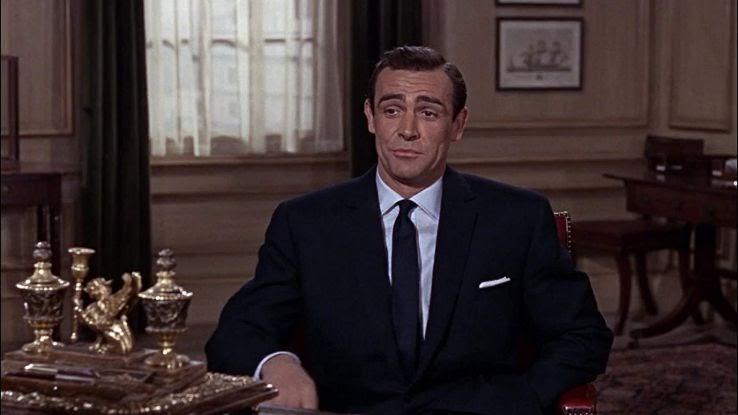
It’s kind of crazy to imagine a world where a new Bond movie came out every year instead of once every several like we’re used to today, but From Russia with Love was fast-tracked once it became clear Dr. No was a hit.
Skyfall (2012)
Arriving right when nostalgia for pre-existing intellectual property seemed to be at an all-time high, 2012’s Skyfall embraced past Bond movies in a way no other entry had done before.
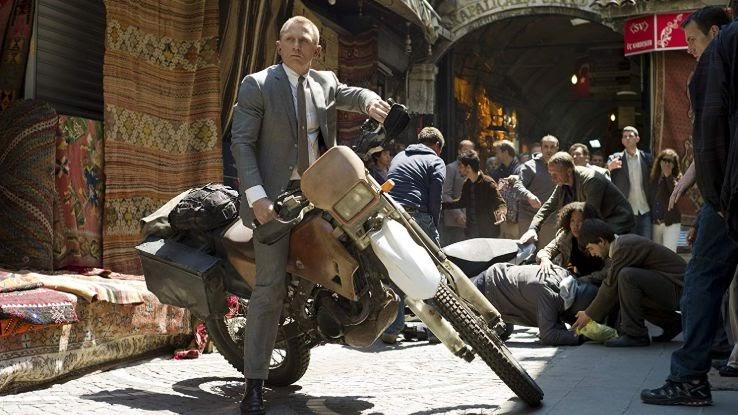
Referencing past characters, cars, and gadgets, Skyfall was the first Bond movie to truly be in love with itself. As it turns out, it was a winning strategy—a whole slew of James Bond fanatics swear that it’s the best one.
Goldfinger (1964)
The third Bond film’s the charm, apparently. Goldfinger, which arrived on the coattails of Dr. No and From Russia with Love in 1964, is Sean Connery’s third time playing Bond and the third Bond film in history. For fans of the franchise all over the world, Goldfinger really is gold.
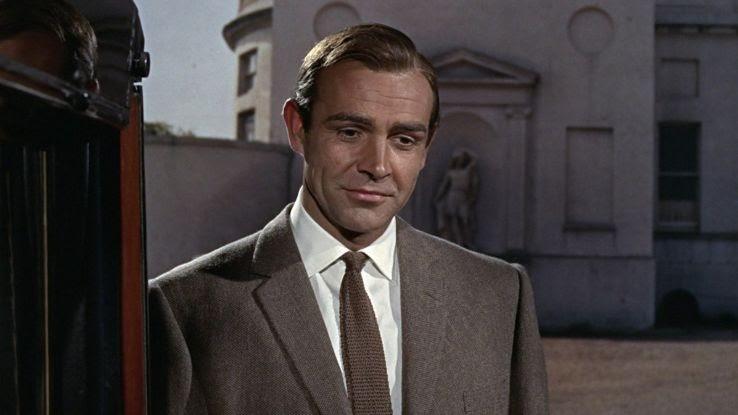
Perfectly epitomizing all the key facets of a Bond movie, from wild plots to insane gadgets to ludicrous one-liners, Goldfinger is widely considered to be as good as the 20th century Bond movies can get … all thanks to Sean Connery.
Casino Royale (2006)
As it turns out, the first of the Daniel Craig and Sam Mendes Bond films is the one that is almost unanimously considered the very best that this gargantuan spy franchise has to offer.
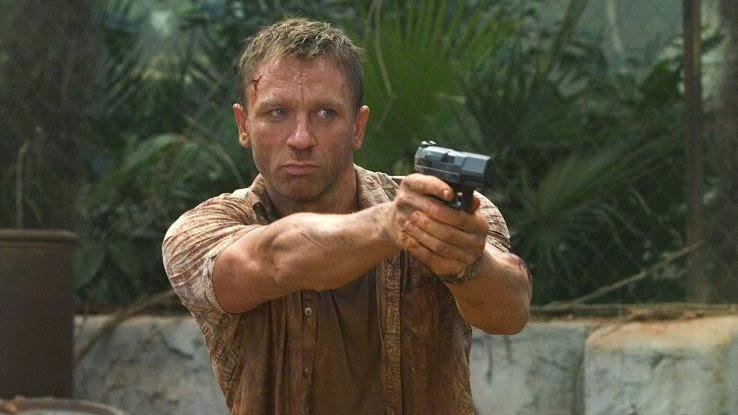
Released in 2006 to glowing reviews and only continuing to go up in esteem as time goes on, it’s unclear if James Bond can ever again be as perfectly realized as he was in this update of Casino Royale. It’s funny — the series came back from Climax!’s “Casino Royale,” faltered with 1967’s version and peaked with 2006’s.
The Past, Present and Future of James Bond
The James Bond series came from practically nothing — just a series of thrilling spy novels from a man named Ian Fleming — and has become MGM’s most valuable property by a landslide nearly seven decades after Climax!’s “Casino Royale.”
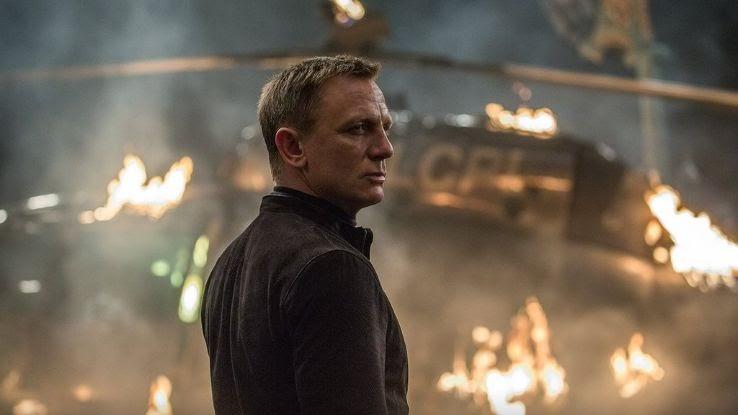
With Metro-Goldwyn-Mayer’s future up in the air and Craig on the way out, there’s no telling where the franchise will go next. Perhaps back to its absurd B-movie roots? Or forward, onto an entirely new Bond? Only time will tell, but one thing’s certain: The next Bond has plenty of competition.





